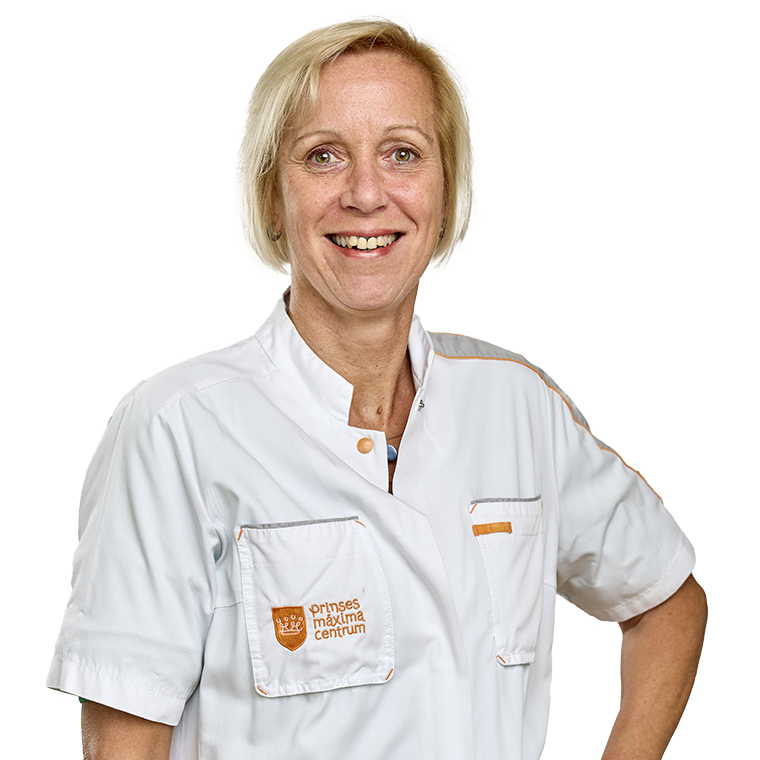Rigorously looked at evidence.
This blog was written by Erna Michiels, Pediatric Oncologist and Palliative Care Specialist at Princess Máxima Center for Pediatric Oncology (the Netherlands).
Last November, the revised guideline in Palliative Care for Children was published in the Netherlands. This guideline provides professionals, parents and carers with tools and a reference guide to further improve care of children with a life-limiting or life-threatening illness and their families. The document has now also been (partly) translated into English. There are many countries where palliative care for children is still more in its infant phase, compared to the Netherlands. And so Erna Michiels, paediatric oncologist at the “Prinses Máxima Centre” (Netherlands), hopes that colleagues from other countries will use this guideline.

The guideline was developed through close cooperation between healthcare professionals, researchers and parents. All knowledge has been gathered and compiled focusing on the following topics; Symptoms, Decision-making, Communication and Organization of care. These chapters and subchapters describe what works and what does not work in children’s palliative care. In Europe, this guideline is an important basis document. Paediatricians, anywhere in Europe, can use the guideline with the question: 'What do we do? What does the guideline say? And what do we think the best option for this child is?" The guideline helps you to look critically at your own actions.
Rigorously looked at evidence
What I love is that the revision rigorously looked at evidence. This is special and important, because it is the only way we can take children’s palliative care to the next level. There are many motivated professionals working in Europe who all want the best for the child and family. I think that the vast majority provides children’s palliative care the way I also learned it, namely from own experience and that of colleagues. However, that is not the same as evidence-based medicine. Evidence-based medicine involves questions like, "Do we have evidence that something is effective? And how good is the quality of that evidence?"
Even when there is no good evidence available, the guideline formulates a recommendation. These recommendations are also substantiated: 60 children’s palliative care stakeholders were brought together to gather input on what is the best way forward. The recommendations are of course not unimpeachable, but they are well-founded. And you have to realize that all countries are different and unique. This is something we have to take into account, for example when it comes to shared decision making. In some countries and cultures people really don't talk about death. In the Netherlands, we do. Also, one child may be very different from another child. This is something to keep in mind when looking at the recommendations. Hopefully, the guideline will help professionals to scrutinize their own standards.
The guideline - in addition to shared decision making - addresses other issues, such as Advance Care Planning, grief and aftercare. It is a document that could help and enhance similar interventions in the field of children’s palliative care.
Interested in the guideline's recommendations?
Please contact Erna Michiels, e.michiels@prinsesmaximacentrum.nl
* Photo taken by Martin Hols.